Answers to 7 FAQs about Charging Electric Vehicles at Home MCE

There are three types, or "levels," of EV charging stations available as of this writing: type 1, type 2, and type 3. Type 1 is the slowest, while type 3 can charge an EV's battery most of the way in about an hour. Before we dive in, we should review some terms. Charging stations are called by multiple names, all of which mean the same thing.
The complete guide to Level 1 vs. Level 2 vs. Level 3 charging for EVs — ChargeLab

Level 1: 5 km (or 3.11 miles) of range per hour of charging; up to 24 hours to fully charge a battery. Level 2: 30 to 50km (20 to 30 miles) of range per hour of charging; overnight full battery charge. Level 3: Up to 20 miles of range per minute; full battery charge in under an hour.
What are Level 1, 2, 3 charging? Let's Go Zero Carbon

However, unlike Level 1 chargers, Level 2 EV chargers require a 240-volt input. EV users can plug Level 2 chargers into existing outlets for dryers/welders or choose to hardwire new outlets. Cost.
EV Charger Options Level 1 vs. Level 2 EV Charger
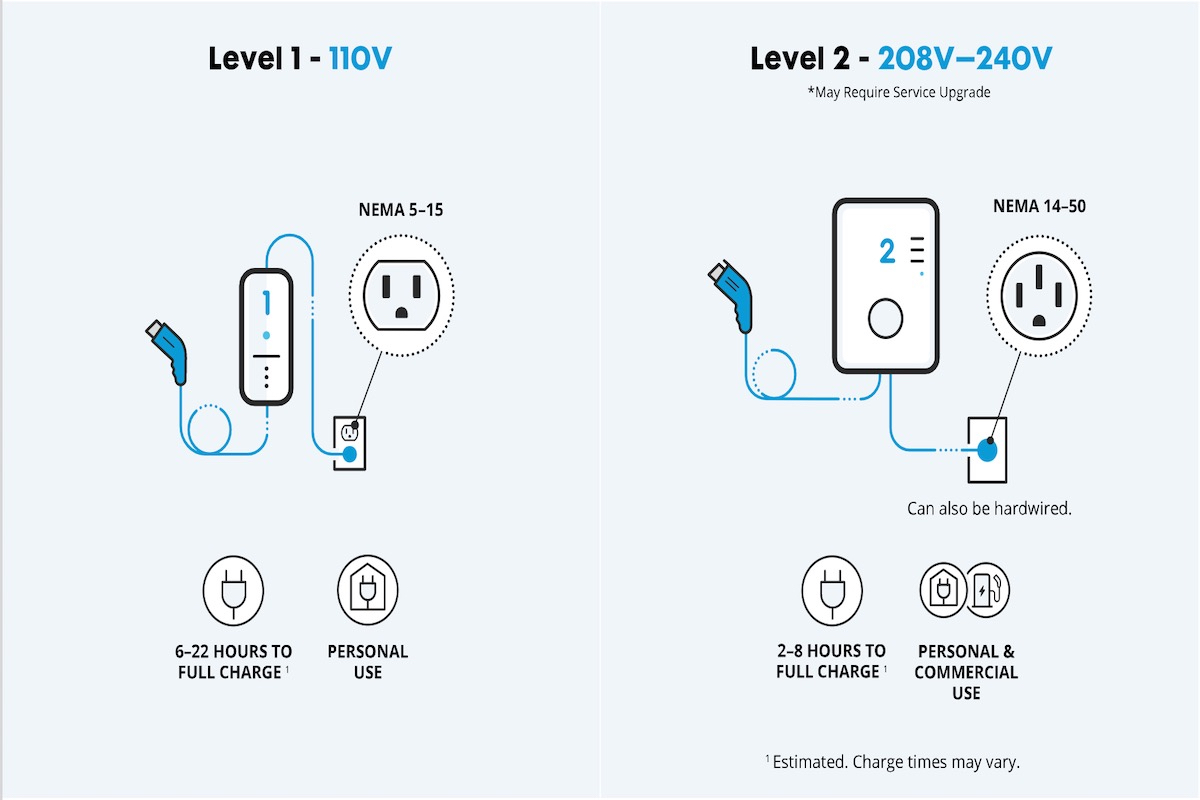
A Level 1 charger is a charging unit that connects your electric vehicle to the power grid via a standard 120-volt AC outlet (wallplug). This type of charger uses a dedicated circuit and is compatible with most electric vehicles. While it may be slower than other charging methods, it provides an effortless, entry-level solution for EV charging.
Level 1 vs Level 2 EV Charging Stations

Unlike Level 1 and Level 2 charging stations, which use 120-volt or 240-volt power, Level 3 charging uses three-phase power. Three-phase service isn't cheap to install and isn't suitable for.
Level 1 vs. Level 2 vs. Level 3 Charging Explained
:max_bytes(150000):strip_icc()/charging-stations-levels-04-f5ca10a8b0354dd28bb59b1c1f004680.jpeg)
EV charging comes in three levels. Level 1 uses 120-volt power and takes all day (and night) for an EV. Level 2 uses 240 volts and recharges an EV in a couple hours.
Level 1 Vs. Level 2 Electric Vehicle Charging Stations
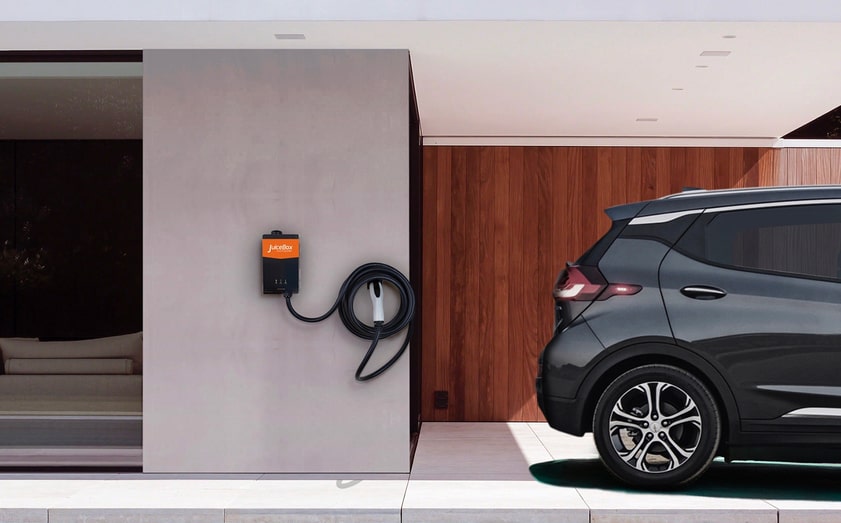
Level 1. Level 1 represents 120-volt charging using the ubiquitous household outlet. It's known as trickle charging because it typically provides 3-5 miles of range for every hour it's.
Level 1 vs Level 2 EV Charging Stations Ev charging stations, Electric vehicle charging

Here's everything you need to know about the difference between level 1 vs level 2 EV charging in terms of power, speed, cost, and more.. Level 1 vs Level 2 Charging: Cost. Purchasing a level 2 charger can cost $500-1,000 and up, just for the hardware itself. If you already have a 240V outlet, installing a charger can be cheap or even free.
Pin on Pins from Fellow Bloggers

Level 2 charger. Level 2 chargers are estimated to charge EV batteries about 5 to 15 times faster than a Level 1 charger would, depending on the power output and the type of EV one is charging. Typically, you can get between 20 to 80 miles per hour of charging. That is, about a 25-mile range (for 7.4kW output), 37 miles ( for 11kW), and 75.
Level Ev Charging Station vlr.eng.br
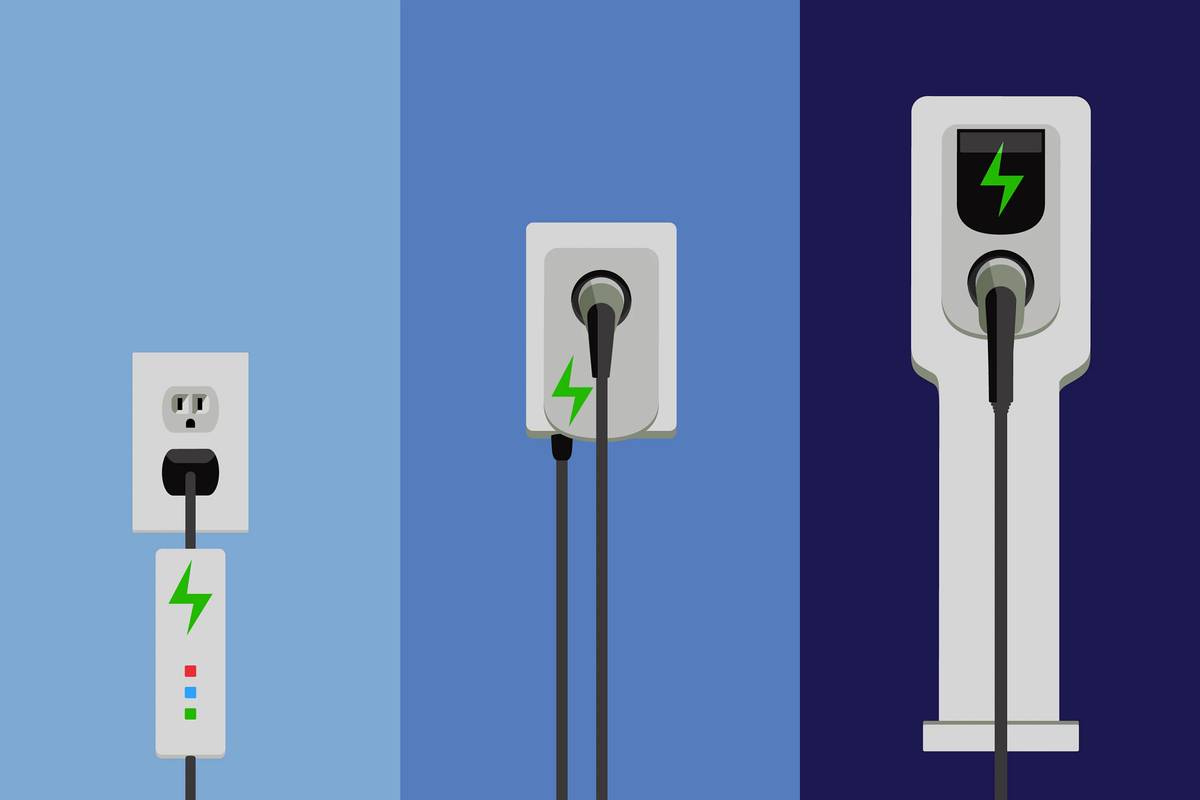
Level 1 Charging: Level 1 charging is slow, typically delivering about 3 to 5 miles of range per hour of charging. This makes it suitable for overnight charging when you have ample time to replenish your EV battery. Level 2 Charging: Level 2 charging is considerably faster, providing charging speeds between 12 and 80 miles of range per hour.
Exploring the Relationship Between Electric Car Range and Time Carhampt

Level 2 Charger. The level 2 charger adds convenience to BEV or plug-in hybrid ownership because you can now charge quicker at home. Its biggest difference between the level 1 charger is the amount of power it puts out. At 220 to 240 volts, most level 2 chargers at home or in public can put out upward of 6 kW, drastically cutting the amount of.
Troubleshooting EVBox Smart Charging Installation Manual [Page 30] ManualsLib atelieryuwa.ciao.jp
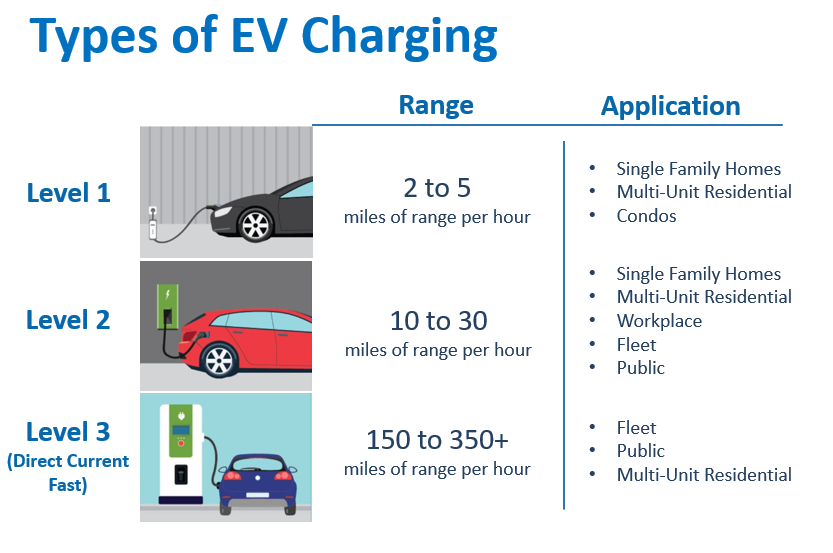
Level 2. Level 2 charging operates at 240 volts and typically at three to four times the amperage of a lesser Level 1 unit. As such, the majority of Level 2 units add electricity to your EV's.
Level 1 vs. Level 2 EV Charging

Level 1 charging will help you recover around five miles of range per hour of charging. This will help you gain about 50 miles of driving range by the time you wake up the next day. 50 miles of range is more than adequate for the average commuter. The great thing about Level 1 charging is that it'll charge your vehicle slowly, and you won't.
Charging Levels 1, 2, 3 of Electric Vehicles Explained

Efficiency. Another important benefit of Level 2 charging stations over Level 1 chargers is energy efficiency. Level 2 chargers are much more energy-efficient than Level 1 charging stations, with their efficiency being rated at around 89% compared to the 84% efficiency level of Level 1 chargers. This 5% increase in efficiency can make a lot of.
Level 1 vs. Level 2 Electric Vehicle Charging Stations ThinkEV

The rest of the North American EV industry currently uses the larger J1772 connection for Level 1 and 2 and the CCS1 standard, which adds a pair of dedicated DC pins, for Level 3 DC fast charging.
BMW i3 Charging The Ultimate Guide Plugless Power
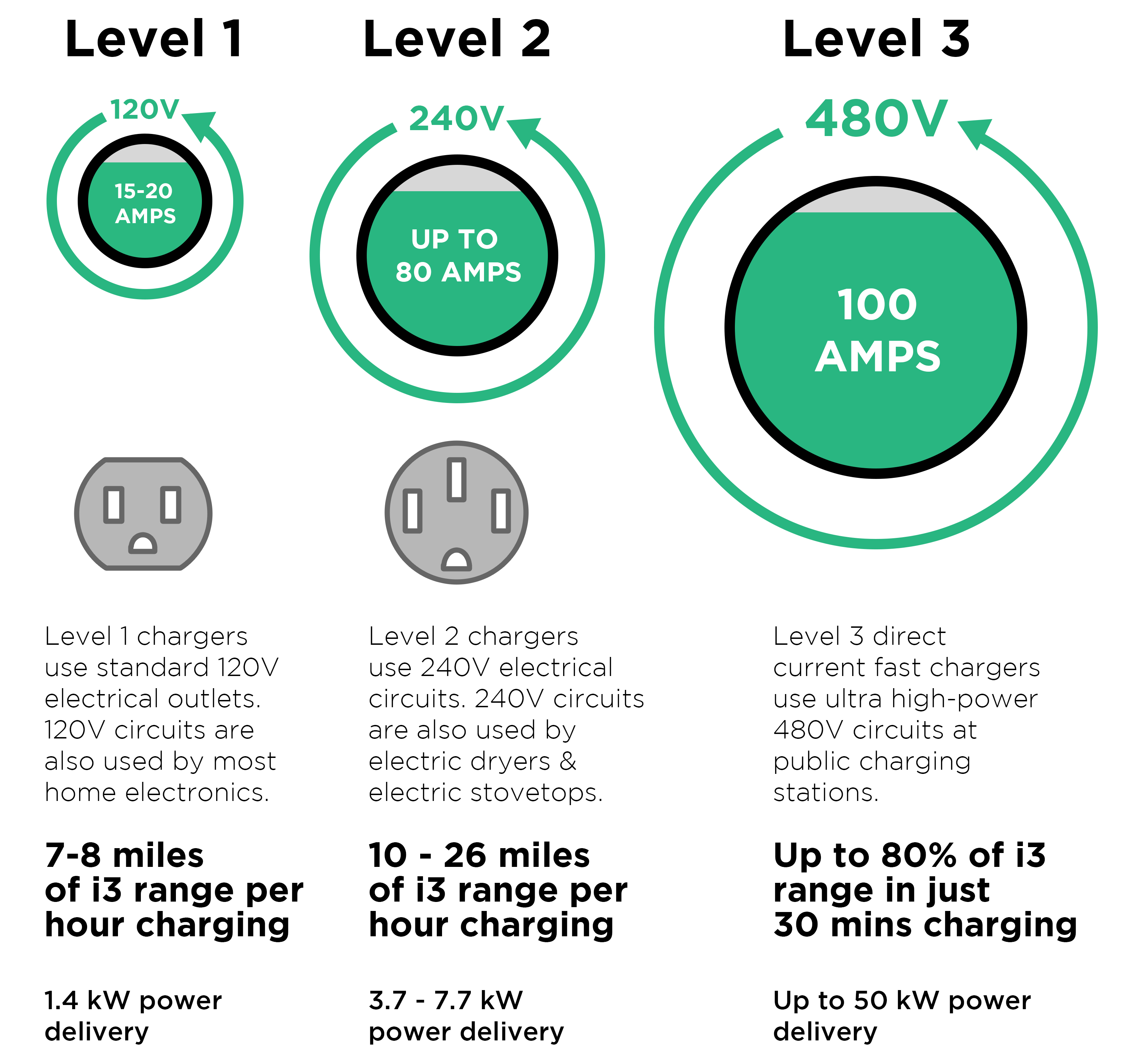
Different Levels of Electric Vehicle Charging. First and foremost, you should know that there are three levels of EV charging technology aptly dubbed Level 1, Level 2, and Level 3. As you might.